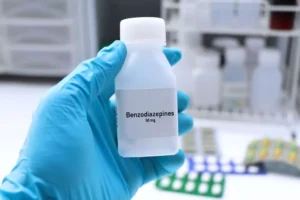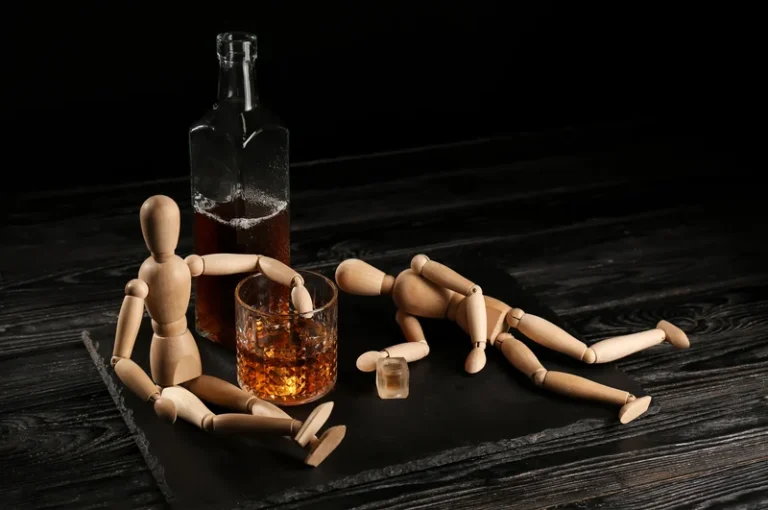How Alcohol Abuse Changes Physical Appearance Over 20-Year Span, With Help From Online Tool

If lifestyle changes are not enough, various treatments are available for the facial signs of alcohol abuse. You can apply topical medications such as corticosteroids and retinoids to your skin to reduce redness and puffiness. You can also use laser treatments and chemical peels to improve alcoholic physical appearance the skin’s condition. Long-term alcohol use leads to the buildup of tolerance, a situation where the individual needs to drink more alcohol to get the same effects. Using alcohol in increasing amounts can lead to dependence, a situation where alcohol is required for normal functioning.
What Does Alcohol Do to Affect Facial Appearance?

In this article, Avenues Recovery, leading alcohol and drug rehab specialists, expounds on the different alcoholic face changes that may indicate that someone is addicted to alcohol. It’s important to mention that although the symptoms may be an indication that a person is an alcoholic, it is in no way definitive. Refrain from making accusations or confronting anyone before you have confirmed in a gentle way that the person is actually using alcohol. If you or a loved one is struggling with alcoholism, please know that help is available. Call us or reach out to us online today and take the first step towards a brighter, alcohol-free future. Alcoholism often causes noticeable changes in an individual’s mood and personality.
Begin your journey to recovery.
Recurrent swelling may suggest an underlying issue with the kidneys, liver, or heart and should be seen by a doctor if continuing for more than two days in a row. Excessive alcohol consumption can cause dark circles under the eyes due to dehydration and disrupted sleep patterns. These factors can make the skin around the eyes appear darker, sunken and thinner, causing blood vessels to become more visible. New Method Wellness is a comprehensive program designed to help individuals address their alcohol addiction.
- Alcohol interferes with the body’s ability to absorb and process certain vitamins and minerals.
- Meanwhile, environmental factors such as exposure to social drinking norms and stress may affect consumption habits.
- While it’s not always easy to discern, there are certain physical signs of alcoholism that can provide some clues.
- For men, heavy drinking is defined as four drinks a day or more than 14 drinks a week.
- The belly will often be distended and much heftier than the arms or legs, which will stick out like little stick figure limbs.
- This slows metabolism as the body prioritizes getting rid of alcohol calories, leading to weight gain.
Identifying Health Risks Associated with Alcoholism Beyond Facial Changes
- In the DSM-5, alcohol use disorder is further classified into categories of mild, moderate, and severe.
- Others fall in between, acquiring some undesirable physical traits due to the way alcohol affects all organs of the body.
- This can become a chronic condition, with the persistent redness particularly noticeable on cheeks and nose.
- In addition to getting professional treatment and support, there are things that you can do to help feel better and improve your chances of recovery.
Alcohol also causes an inflammatory response in some people, which can exacerbate the appearance of facial bloating. Most changes to your facial appearance caused by alcohol can be reversed if you stop drinking. Alcohol use cessation allows the body to recover from damage due to drinking. As a result, the toxins within the alcohol, particularly acetaldehyde, start to accumulate in the system. Excessive alcohol use has many negative effects on an alcoholic, including physical, psychological, and behavioral symptoms. Probably the most obvious sign that a person is an alcoholic is the alcoholic’s changes on the face that often occur after prolonged alcohol misuse.

If you or someone you care about is dealing with alcohol abuse, contact Faith Recovery Center in Beverly Hills. Our luxurious facility provides a personalized approach to alcohol addiction treatment. Reach out today for more information about our services and how we can help you achieve sobriety. In this article, we’re going to guide you through seven telltale facial signs of heavy drinking.
- Combining alcohol and certain drugs causes the negative effects on oral hygiene to become worse.
- Bloodshot eyes are a common symptom of alcoholics both during and after drinking.
- Over time, the skin may lose its elasticity and suppleness, causing it to age prematurely.
- More seriously, this reduced clotting leads to an increased risk of stroke.
An alcohol-dependent person will experience severe withdrawal symptoms if they suddenly stop or reduce alcohol use. These symptoms include headaches, nausea, vomiting, chills, fever, tremors, and abdominal pain. Furthermore, the physical toll of alcoholism can be seen through the skin. Excessive consumption of alcohol can cause the blood vessels in the face to dilate, resulting in a flushed appearance. This redness is often accompanied by puffiness, giving the face a swollen and bloated appearance.

The program includes in-depth assessments, personalized treatment plans, and evidence-based therapies. It also provides access to experienced and licensed counselors and therapists. They can help individuals understand their addiction and develop strategies for managing their drinking. The first step in correcting the signs of an alcoholic face is to stop drinking alcohol. Treatment for alcoholism can help a person remove alcohol from their life and stop any physical signs of drinking.

Speak with our dedicated Recovery Advocates to find the right personalized treatment approach for you. Alcohol addiction is a complex issue that demands compassionate and effective treatment, which is exactly what we offer at Primrose Lodge. We recognise that stereotypes and judgemental attitudes towards addiction are not helpful in addressing the problem.
Effects Of Alcohol On The Face vs Effects Of Drug Use On The Face
In the DSM-5, alcohol use disorder is further classified into categories of mild, moderate, and severe. If you’re worried that you might have alcohol use disorder, don’t try to quit cold turkey on your own. Liver disease caused by alcohol use can cause hyperpigmentation, palmar erythema, jaundice, generalized pruritus, and caput medusae. Because dehydration from drinking can cause dry mouth, bad breath the day after drinking can also occur (2).
Leave a Reply